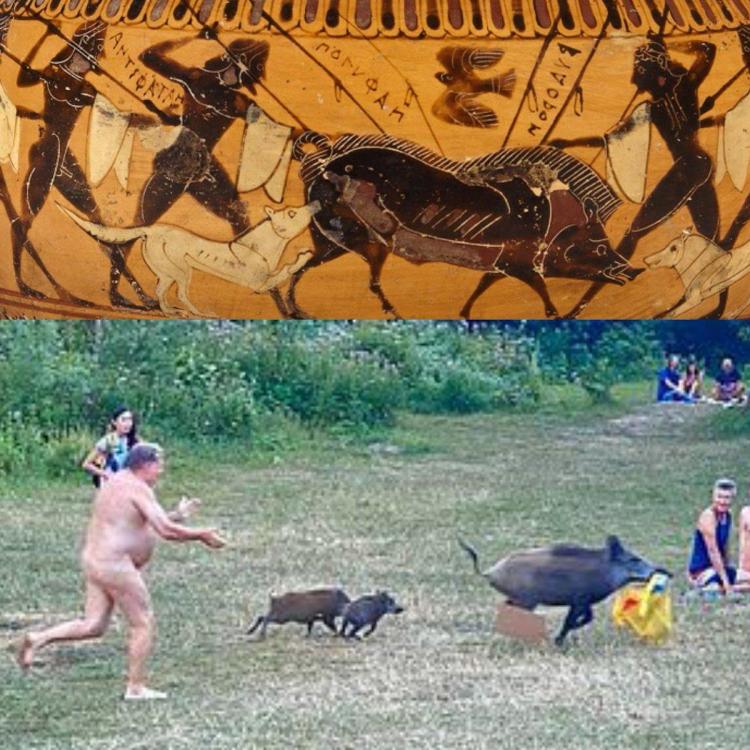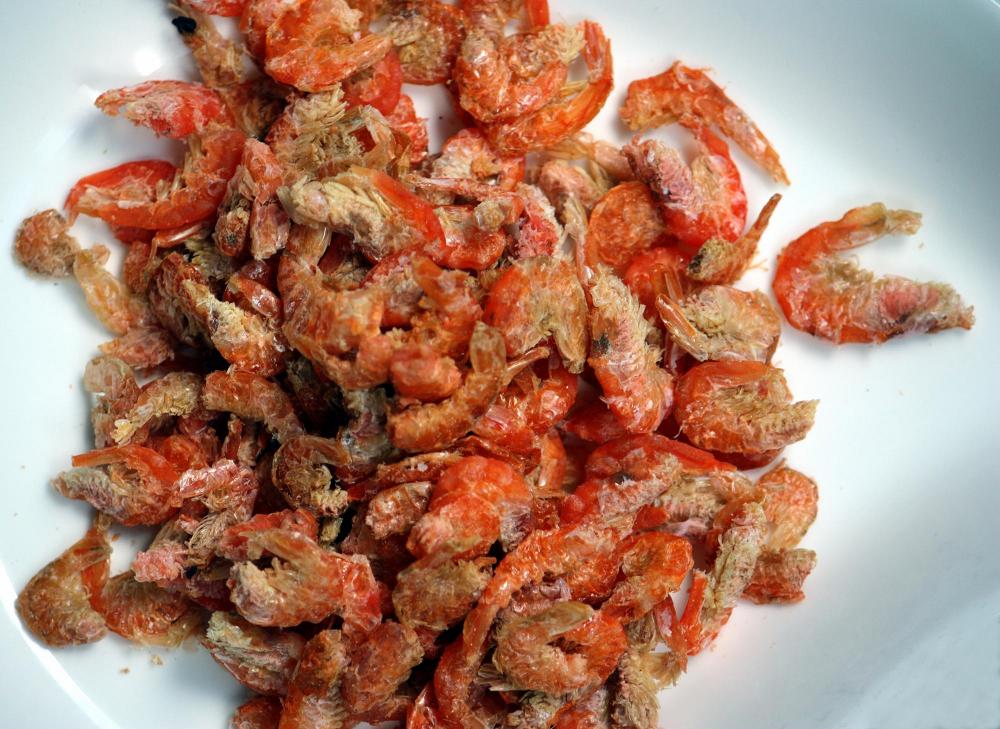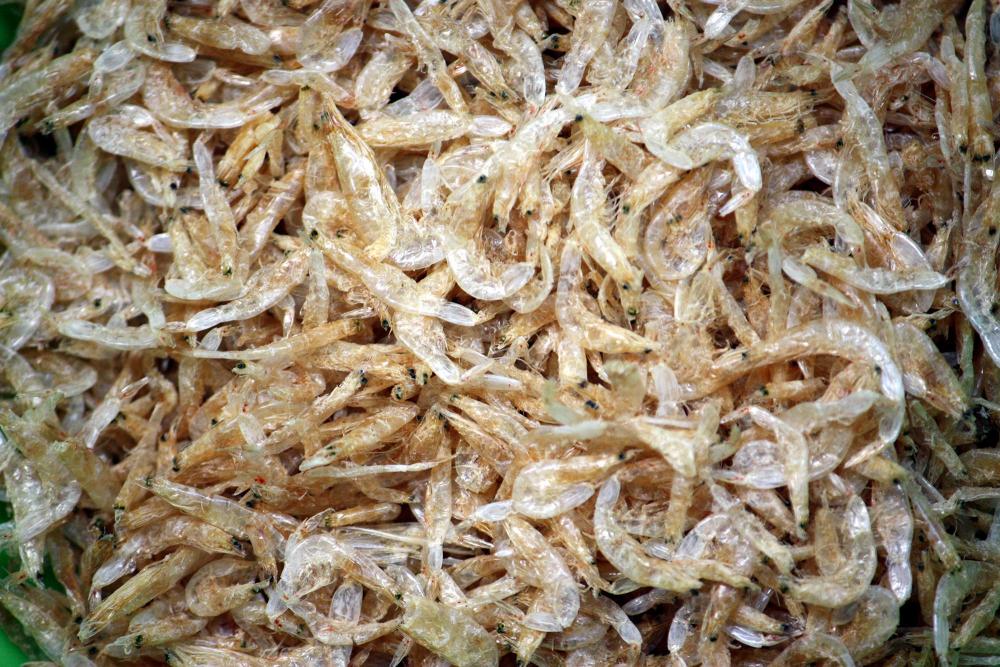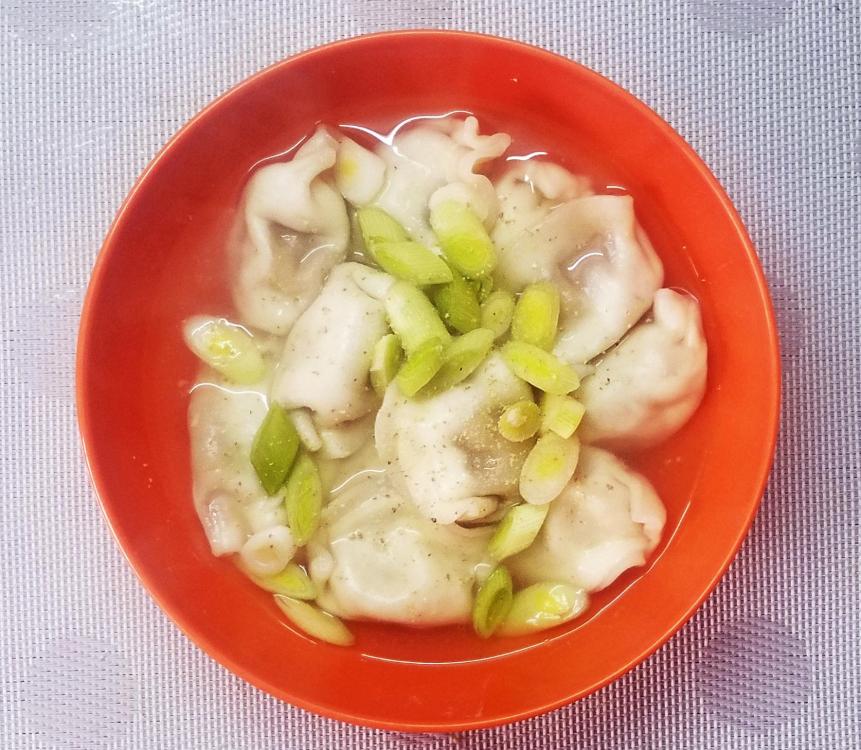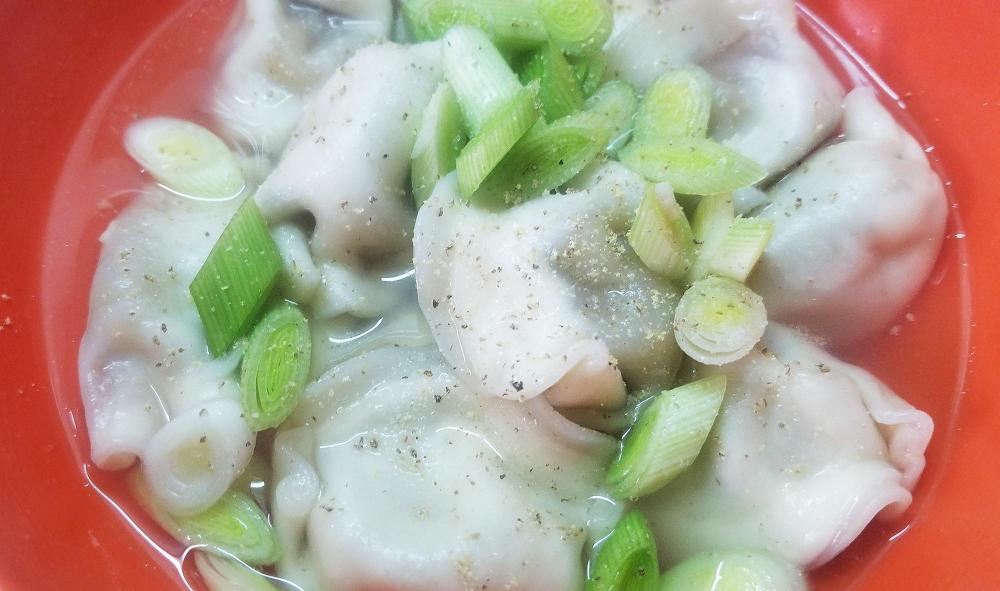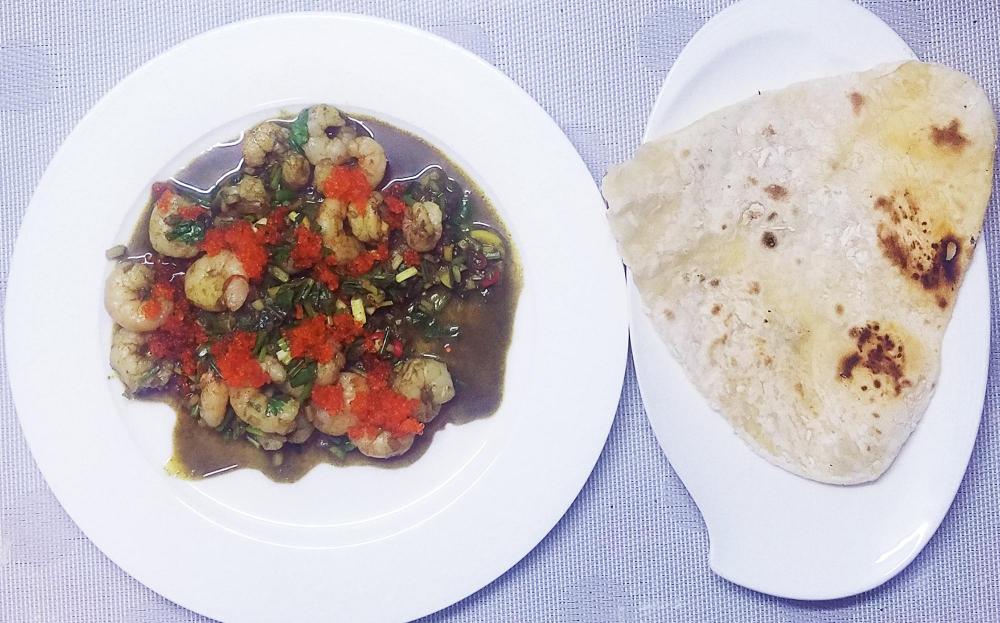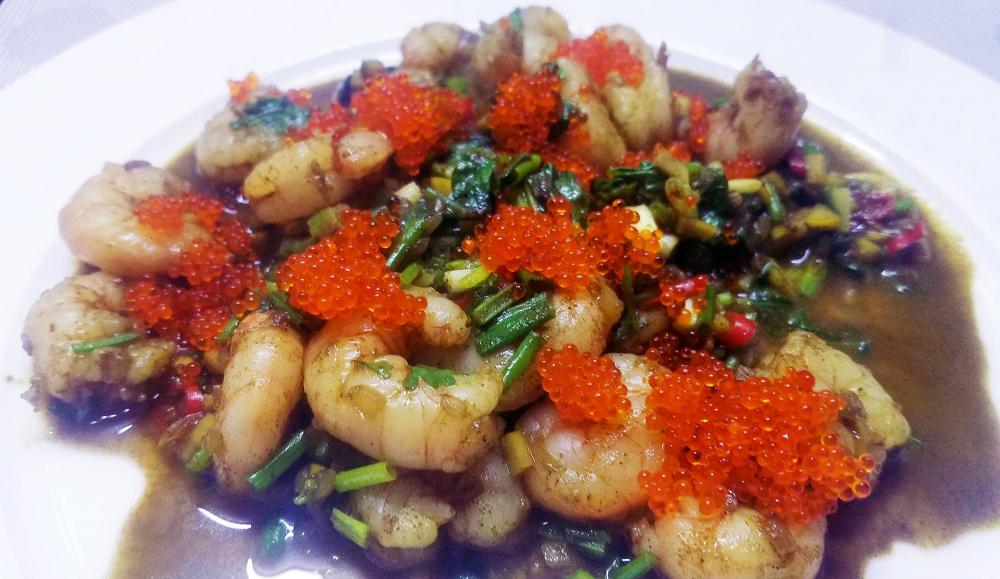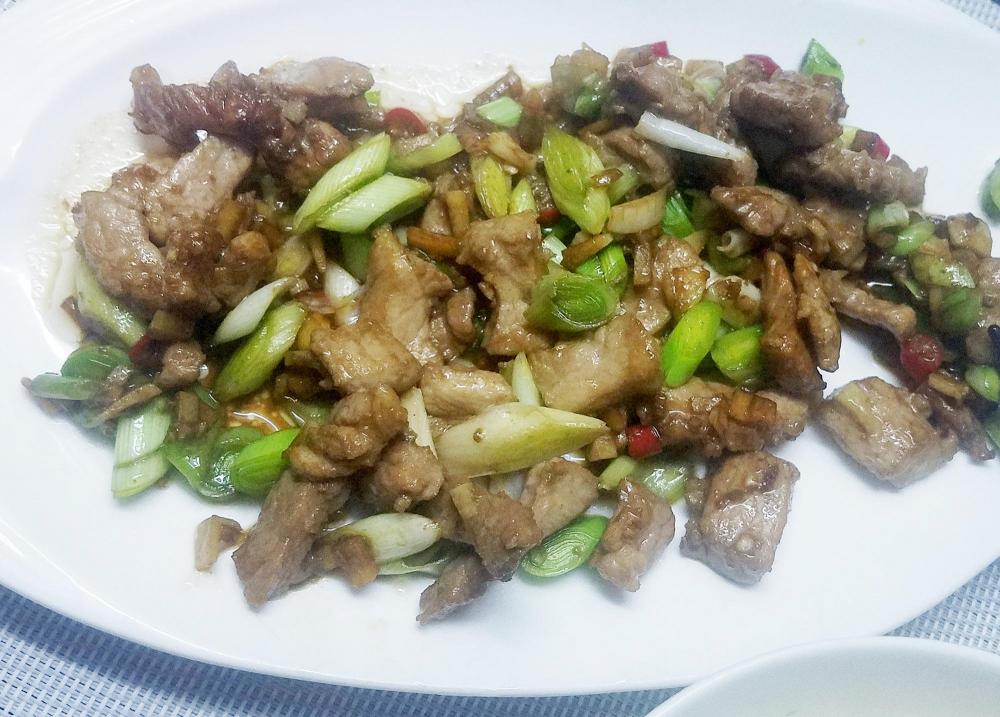-
Posts
16,728 -
Joined
-
Last visited
Content Type
Profiles
Forums
Store
Help Articles
Everything posted by liuzhou
-
a) when you have cooked something so many times, the recipe is in your DNA and you don't have to refer to any book or notes or whatever. b) when you have cooked something so many times, but suddenly you can't remember if it had this or that ingredient in it. Or even what it is you are cooking.
- 92 replies
-
- 11
-

-

-
That is the most common brand I see here. Can't stand the things myself. All my friends call them "train noodles", as in the past that was all you could really get to eat on China's cripplingly slow trains on your 36 hour or more journey to Beijing or Shanghai. The trains supplied boiling water to hydrate the nasty things. Over the last (surprisingly) few years the entire train network has been overhauled and trains are up to three or four times faster. I recently paid a visit to Guangzhou (Canton). Went in the morning; attended to business; had lunch and returned home the same day. Only five years ago it was a 12-14 hour trip each way! And there is no boiling water anymore. No one needs it! The end is nigh!
-
-
My local supermarkets and markets have about ten different sizes of dried shrimp. Most, if not all, are shell on. I'll check tomorrow. They range from large to the tiniest The smallest are known as 虾皮 (xiā pí) and are barely recognizable as shrimp by the naked eye. They are smaller than a grain of long grain rice.
-
-
Short grain, sticky rice and sushi rice are three different beasts.
-
Yeah. It wants young ginger - look for the pink blush. I'd guess an Asian store/market is your best bet.
-
I make my own gari (pickled ginger). Couldn't be easier and keeps well in the fridge (not for long - I eat it with everything!)
-
-
Googled something (forget what) and eG was first to answer.
-

The Crusty Chronicles. Savories from Bakeries.
liuzhou replied to a topic in Food Traditions & Culture
-
I'd say kangaroo and venison are similar in that they are both usually very lean and require careful cooking, but I don't think I'd ever mistake one for the other.
-
Very well! I always have some tucked away in the freezer; it goes with all sorts of unexpected things.
-

The Crusty Chronicles. Savories from Bakeries.
liuzhou replied to a topic in Food Traditions & Culture
Now, a proper Scotch pie (not Scottish pie, and Scotch can only be applied to foods and whisky - never to people) is not complete unless the depression on top is filled with mashed potatoes, Heinz beans or both! Some come with curry sauce - never been there. Also, they are usually made from lamb. That said it is at least 40 years since I ate any type of Scotch pie. -

The Crusty Chronicles. Savories from Bakeries.
liuzhou replied to a topic in Food Traditions & Culture
You must be buying your bangers in the wrong place. Cardboard? -

The Crusty Chronicles. Savories from Bakeries.
liuzhou replied to a topic in Food Traditions & Culture
I was rather fond of the occasional chicken curry pie back in the day. Haven't had one for about 35 years, though. -

The Crusty Chronicles. Savories from Bakeries.
liuzhou replied to a topic in Food Traditions & Culture
It was always revolting. Sadly, it is available here in China. -

The Crusty Chronicles. Savories from Bakeries.
liuzhou replied to a topic in Food Traditions & Culture
HP Fruity Sauce -
Yes. Saw that a while back. Will watch again.
-
No. Green bell peppers are merely an insidious distraction invented by alien corn pushers to divert your attention!
-
Not at all what I planned. It was meant to have fermented black beans, but the bag of such things which I 'definitely' bought last week has mysteriously disappeared. There is a monsoon outside, so I wasn't about to go out to get any. So, this is pork in black bean sauce without black beans. The pork was marinated with garlic, ginger, chilli, Shaoxing and soy sauce. Finished with garlic scapes. There was also asparagus and, of course, rice.
-
I may have eaten Ainu food. I'm not sure. Long story. The short version is that back in the 1980s one of my friends who was Irish (and still is) was working in Hokkaido and decided to marry his equally Irish girlfriend there. Somehow they got hold of a genuine Irish priest in Japan to do the deed. They also got hold of all the Guinness in the country. I flew to Toyko, then took a bullet train to the appropriate venue, then spent three days in Ireland in Japan. The food I ate was Irish; the beer I drank was Irish; everything was Irish. Except for the last night, when I ate my only Japanese meal in Hokkaido. I can't remember a lot (all that Guinness), but it was like no Japanese food I've eaten anywhere else. I've been back to Japan many times, but never made it back to Hokkaido. I planned a trip this year, but we all know what happened to our travel plans this year.
-
It may may be a UK/USA language difference. To me, 'wet' in this context means never dried / fresh. As in 'wet fish shop' or 'wet market'. If some were rehydrated that is how I would describe it.


